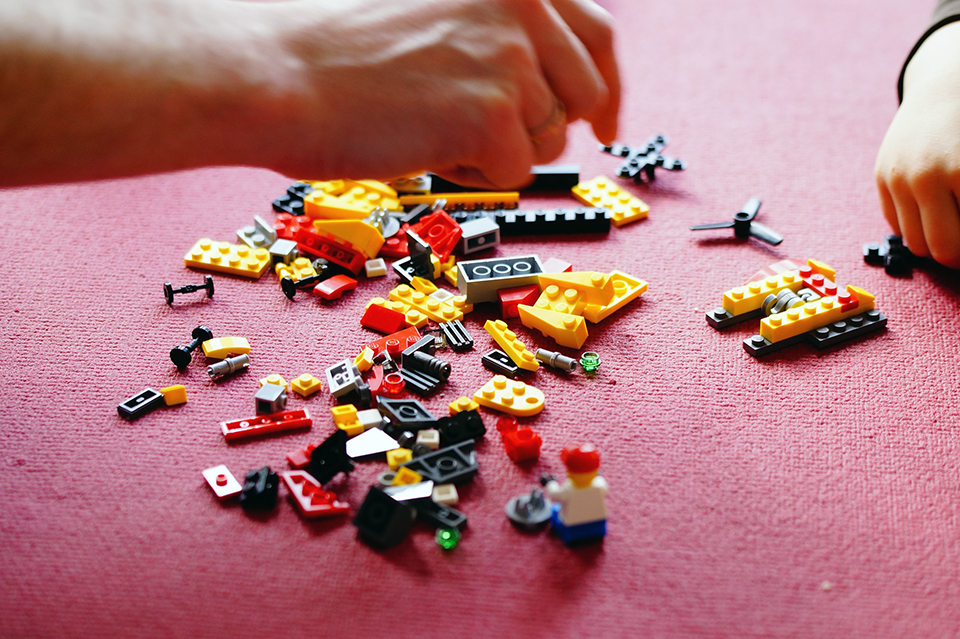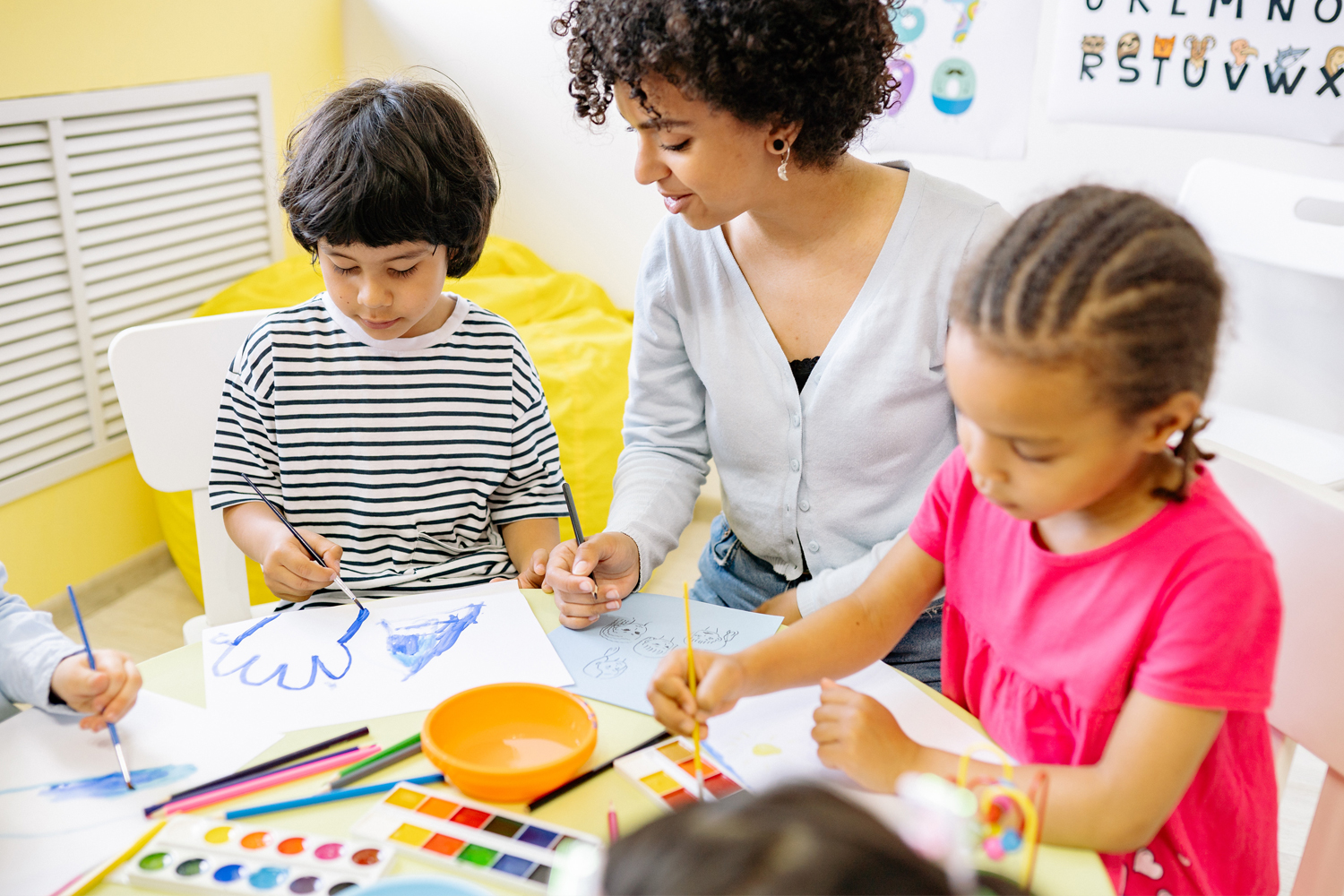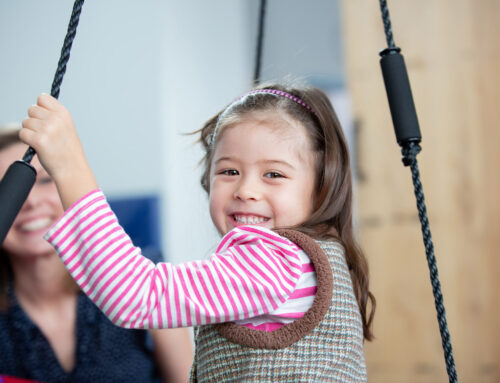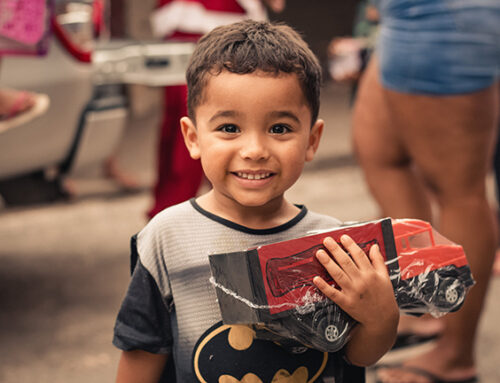Building language and understanding of “Verbal Behavior” is commonly used in Applied Behavior Analysis to increase language, adaptability, and generalization, and to decrease some challenging behaviors overall. This occurs by building and teaching skills within the world around children. Then, when they are presented with language or certain tasks within daily environments, they will have confidence in completing them and challenging behaviors will be less likely.
As a Board Certified Behavior Analyst, the generalization of language is a daily treatment focus for each child and family. I am often asked, “How can we incorporate this in the home?” or “What activities can we do in the home to support their goals?” Keep in mind that every child has different interests; learning tasks should be entertaining and fun in order to keep engagement!
St. Patrick’s Day is a great time to work on colors and the rainbow with your child. Colors are an important skill set for children to learn due to exposure to them in academic settings, as well as serving to increase their language. For instance, a challenging behavior may be avoided if a child is able to request for “the red lollipop” or even “red” when asked, “What color do you want?”


A fun activity in the home that targets colors can be working with your child to engage in sorting favorite toys, such as Lego’s. Start with just a few colors and add more as they grow more confident! You can make this easier by having one different color block, handing them a block, and having them “match the color” by stacking on the similar color. You can also hold out two options in your hand while playing Legos for the child to choose and match correctly.
If your child is more interested in sensory play such as shaving cream, paint, or water play: colors can be targeted during this play too. Mix shaving cream with food coloring, giving cars baths with different colors of water, or putting different colors of paint in various cups. For children with limited language, you can again continue to build skills by asking, “What color do you want?” before handing them the next cup or color. You can make this easier by asking your child to “show you where blue is” or “give you the blue.”
If your child has mastered labeling plain colors of items you can have them put colors of favorite toys in rainbow order and label them by color, or work on mixing colors. Remember to be creative and have fun! Our world is made of colors!

Blue Bird Day fosters socialization, sensory regulation, and pre-academic learning in children ages 2-7 years in therapeutic rotations that simulate preschool and kindergarten settings. Our compassionate therapists practice a relationship-based and family-centered approach, provide parent training, and collaborate on goals and individualized intensive treatment plans for your child.
We believe in a collaborative and multi-disciplinary team approach to therapy. A team of occupational therapists, speech-language pathologists, dietitians, developmental therapists, behavioral therapists, physical therapists, and therapeutic assistants are created for each child to ensure child and family are fully supported and the best possible results are achieved.
Options for individualized, group and virtual therapy sessions are available as well.
Want to learn more or you have a specific question? Feel free to connect with us here!



